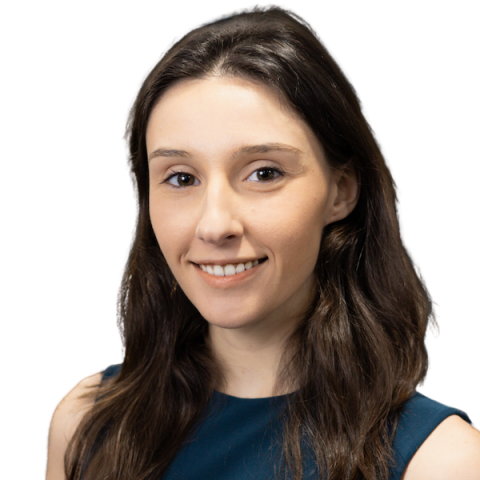
ATTOM’s U.S. Home Flipping Report shows that while the flipping rate rose, profit margins fell to a 10-year low during the second quarter this year.
- The second quarter home flipping rate was up 3.5% during the first quarter of 2021, but still down 6.8% from the second quarter of last year and, overall, below levels seen throughout most of the past decade.
- The typical gross flipping profit of $67,000 is only a 33.5% return on investment (ROI) compared to acquisitional price.
- The national gross flipping ROI profit was down from 37.2% in the first quarter of 2021, and 40.6% from the same quarter last year.
- This is largely due to the fact prices for flipped homes increased at a slower rate than they did when investors first bought their properties.
ATTOM’s U.S. Home Flipping Report shows that while the flipping rate rose, profit margins fell to a 10-year low during the second quarter this year. A total of 79,733 single-family homes and condominiums were flipped in the second quarter, representing 4.9% of all home sales or one in every 20 transactions.
The second quarter home flipping rate was up 3.5% during the first quarter of 2021, but still down 6.8% from the second quarter of last year and, overall, below levels seen throughout most of the past decade.
Gross profit on the typical home flip nationwide, measured by the difference between the median sales price and the median paid by investors, rose to $67,000 in the second quarter of 2021. Profits increased 2.4% from the previous quarter and 3.1% from the second quarter last year.
However, the more important measure of profit, the return on investment compared to original acquisition price, had disappointing results this past quarter. The typical gross flipping profit of $67,000 is only a 33.5% return on investment (ROI) compared to acquisitional price. The national gross flipping ROI profit was down from 37.2% in the first quarter of 2021, and 40.6% from the same quarter last year.
"Home flipping rebounded during the second quarter. But profits sure didn't, as the typical home flip around the country netted the smallest return on investment in a decade," said Todd Teta, chief product officer at ATTOM. "However, it's not like home flipping has become a losing proposition. A 33% profit on a short-term investment remained pretty decent, even after renovation and holding expenses. But with a few more periods like the second quarter of this year, investors may need to reframe how they look at these deals."
The year-over-year decrease of 7.1% in typical profit margins marks the largest annual drop since 2014. This is largely due to the fact prices for flipped homes increased at a slower rate than they did when investors first bought their properties. The median price of homes flipped in the second quarter soured to an all-time high of $267,000, up 10.6% from $241,400 in the previous quarter and up 18.7% from $225,000 in the same quarter last year.
Nonetheless, those price run-ups could not surpass the increases investors were absorbing. When investors bought the homes that they sold in the second quarter of this year, they did not expect to absorb 13.6% quarterly and 25% annually. The fact that prices rose more on purchases than they did on resale led to profit margins dropping.
Median resale price of homes flipped, nationwide, was $267,000 in the second quarter, generating a gross profit of $67,000 above median investor purchase price of $200,000. This results in a 33.5% profit margin or return on investment.
These price surges can be attributed to the on-going housing market boom, despite the widespread economic damage the coronavirus pandemic has caused. Gluttonous buyers are chasing after an already-tight supply of homes, but are fueled by historic lows in mortgage rates and a desire to start a new work-from-home lifestyle.
According to ATTOM’s report, metro areas that had the largest flipping rates in the second quarter of 2021 were Savannah, GA (flips comprised 9.5% of all home sales); Fort Wayne, IN (9.3%); Canton, OH (9%); Ogden, UT (8.9%) and Indianapolis, IN (8.9%).
Other than Indianapolis, the largest flipping rate in metros with one million residents or more were Memphis, TN (8.7%); Phoenix, AZ (8.1%); Nashville, TN (7.7%) and Tucson, AZ (7.6%).
Metro areas with the largest ROI on typical home flips in the second quarter were Oklahoma City, OK (ROI of 196.4%); Fargo, ND (185.7%); Pittsburgh, PA (154.2%); Omaha, NE (135%) and York, PA (115.1%).
The highest raw profits on median-priced flipped homes in the second quarter of 2021 were concentrated in the West, Northeast and South. The top metro areas in those regions include San Jose, CA (typical gross profit of $242,500), Fargo, ND ($200,336); San Francisco, CA ($182,000); Salisbury, MD ($159,500) and Barnstable, MA ($155,500).




